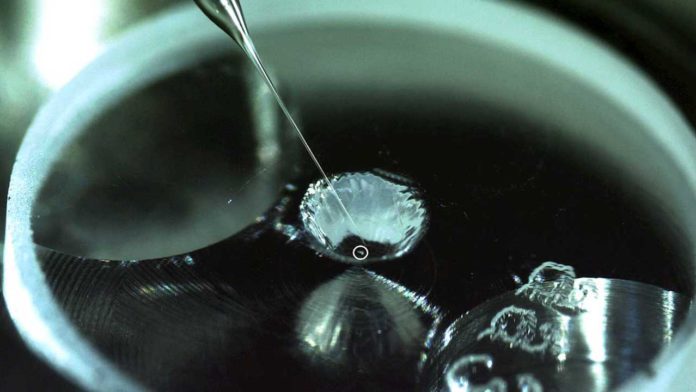In 2010, JAXA’s first Hayabusa mission brought the single grain sample to Earth from the asteroid ‘Itokawa.’ Those samples show the traces of water and organic matter that originate from the asteroid itself have evolved chemically through time.
It suggests that the asteroid is constantly evolving for billions of years. The water and organic material must be derived from foreign extra-terrestrial material.
According to scientists, the asteroid Itokawa probably had gone through a catastrophic impact. It might have experienced extreme heating, dehydration, and shattering. However, despite this, the asteroid came back together from the shattered fragments and rehydrated itself with water delivered via the in fall of dust or carbon-rich meteorites.
Itokawa is classified as an S-type asteroid. This new study suggests that such asteroids contain the raw ingredients of life. Its analysis also changed how we think about the origin of life on Earth, which has previously heavily focussed on C-type carbon-rich asteroids.
Dr. Queenie Chan from the Department of Earth Sciences at Royal Holloway said: “The Hayabusa mission was a robotic spacecraft developed by the Japan Aerospace Exploration Agency to return samples from a small near-Earth asteroid named Itokawa, for detailed analysis in laboratories on Earth.”
“After being studied in great detail by an international team of researchers, our analysis of a single grain, nicknamed ‘Amazon,’ has preserved both primitive (unheated) and processed (heated) organic matter within ten microns (a thousandth of a centimeter) of distance.”
“The organic matter that has been heated indicates that the asteroid had been heated to over 600°C in the past. The presence of unheated organic matter very close to it means that the infall of primitive organics arrived on the surface of Itokawa after the asteroid had cooled down.”
“Studying ‘Amazon’ has allowed us to understand better how the asteroid constantly evolved by incorporating newly-arrived exogenous water and organic compounds.”
“These findings are fascinating as they reveal complex details of an asteroid’s history and how its evolution pathway is so similar to that of the prebiotic Earth.”
“The success of this mission and the analysis of the sample that returned to Earth has since paved the way for a more detailed analysis of carbonaceous material returned by missions such as JAXA’s Hayabusa2 and NASA’s OSIRIS-Rex missions. Both of these missions have identified exogenous materials on the target asteroids Ryugu and Bennu, respectively. Our findings suggest that mixing of materials is a common process in our solar system.”
The study conducted by Royal Holloway suggests that the asteroid has derived water and organic matter from the inner Solar System. This is the first time organic materials, which could have provided chemical precursors for the origin of life on Earth, have been found on an asteroid.
Journal Reference:
- Chan, Q.H.S., Stephant, A., Franchi, I.A. et al. Organic matter and water from asteroid Itokawa. Sci Rep 11, 5125 (2021). DOI: 10.1038/s41598-021-84517-x
